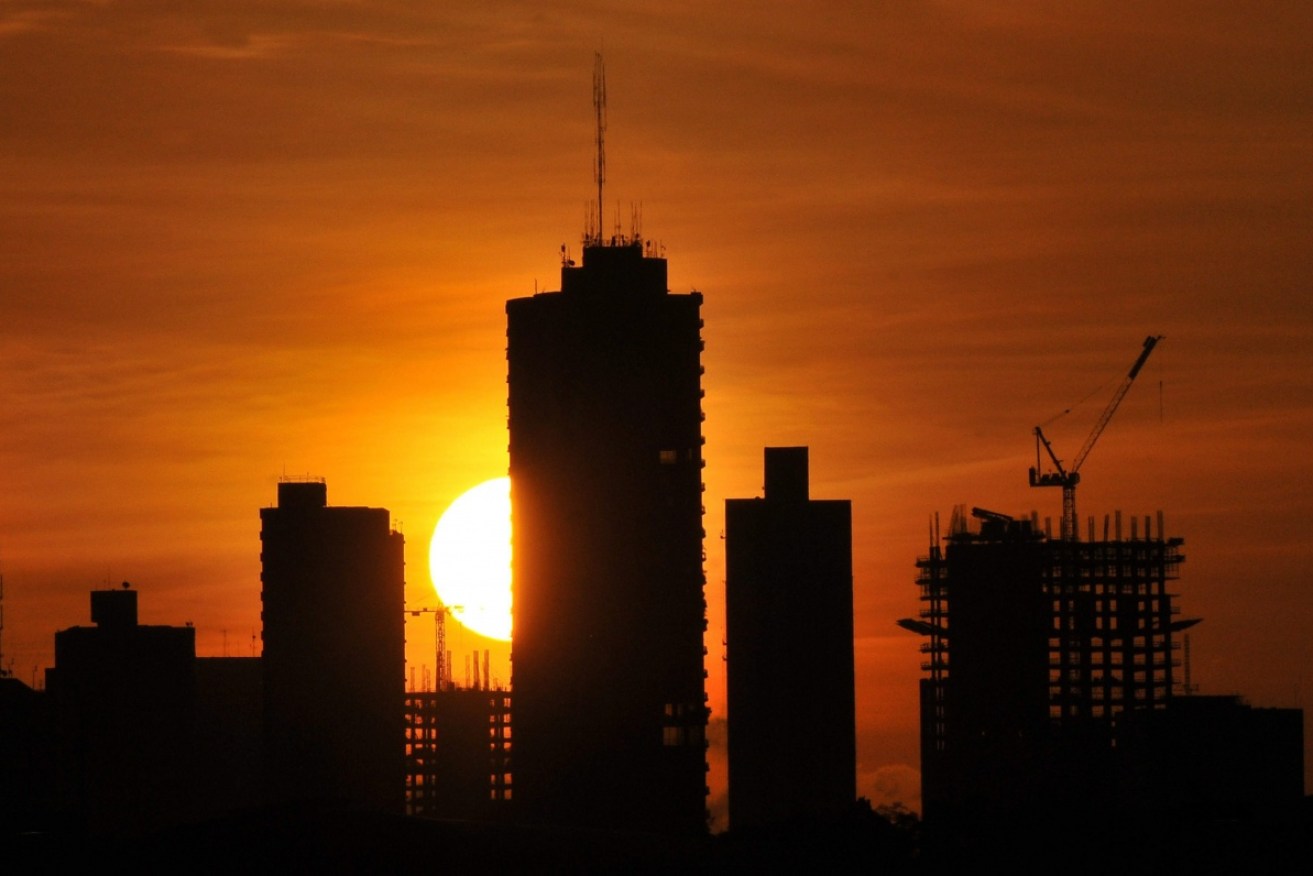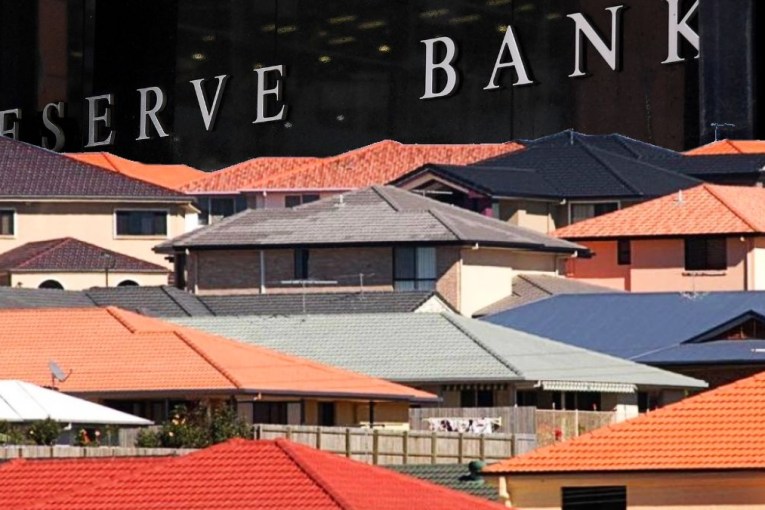Think twice before buying a high-rise apartment, homeowners warned


Buying an apartment in a high rise development might not be a great idea. AAP
Young people looking to get a toehold on the housing ladder should avoid high-rise apartments if they can, experts have warned.
A looming glut in the market, tightening lending restrictions, substandard construction practices and high strata and body corporate fees are likely to be a rude awakening for any prospective buyer.
Steve Jovcevski, property developer and expert at financial comparison site Mozo, urged apartment buyers to do their homework before taking the leap.
“If you can afford a house, buy a house,” he told The New Daily.
He said buyers need to consider whether the apartment was one in ten or one in a thousand and how much they would pay for amenities sold with the apartment – like gyms, pools and spas.
“With anything over 30 to 40 floors, there’s high strata fees. Some of the fees are a few thousand dollars a quarter, it’s like paying for an extra loan,” he said.
Mr Jovcevski warned any potential buyers to steer clear of buying off the plan, saying they may find themselves owing more than their apartments are worth.
Back in August senior economists at Citibank were warning of risks of oversupply. The Reserve Bank of Australia even noted the problem back in October.
Any glut would push the hope of apartment owners benefiting from rising prices firmly into the ‘unlikely’ category.
Mr Jovcevski said: “Lenders are concerned the apartment is not going to be worth the price you paid at completion.”
The worry is in many Australian capital cities multiple major developments are nearing completion, which may cause a glut in apartments over the coming years.
The RLB crane index has shown a steady rise in the number of fixed cranes around Australia over the last 4 years, Sydney taking the lion’s share with more than 50 per cent of all cranes in
Australia, with Melbourne at 22 per cent and Brisbane at 12 per cent trailing behind.
Commonwealth Bank senior economist Ryan Felsman agreed, saying there was a growing risk of a glut in places like Brisbane, but that strong population growth in Sydney and Melbourne may mop up excess supply in those cities.
“If you look at Sydney and Melbourne it looks like the apartment market has peaked,” he said.
But he disagreed with Mr Jovcevski, encouraging new buyers to look to apartments as a way to get in the market.
The issue of building quality is also at the fore for many buyers, with buyers finding themselves in the lurch.
The issue is so bad in Melbourne that key building figures have declared the issue a crisis.
Mr Jovcevski said many banks were wary of lending to buyers in buildings known to be shoddily built and required builders to certify their buildings were not clad with alucobond PE, the material responsible for the LaCrosse and Grenfell tower fires.
“It’s very crucial you look at who the builder is. Builders are rushing, not taking their time and not doing it properly,” he said.
Poorly constructed buildings may prove to be a headache for buyers. The case of Melbourne’s LaCrosse tower is still before the courts to determine who’s responsible for recladding the building.
As laws currently stand in Victoria if a building is substandard 100 per cent of owners need to agree to a demolition, while in NSW the threshold falls to 75 per cent.








